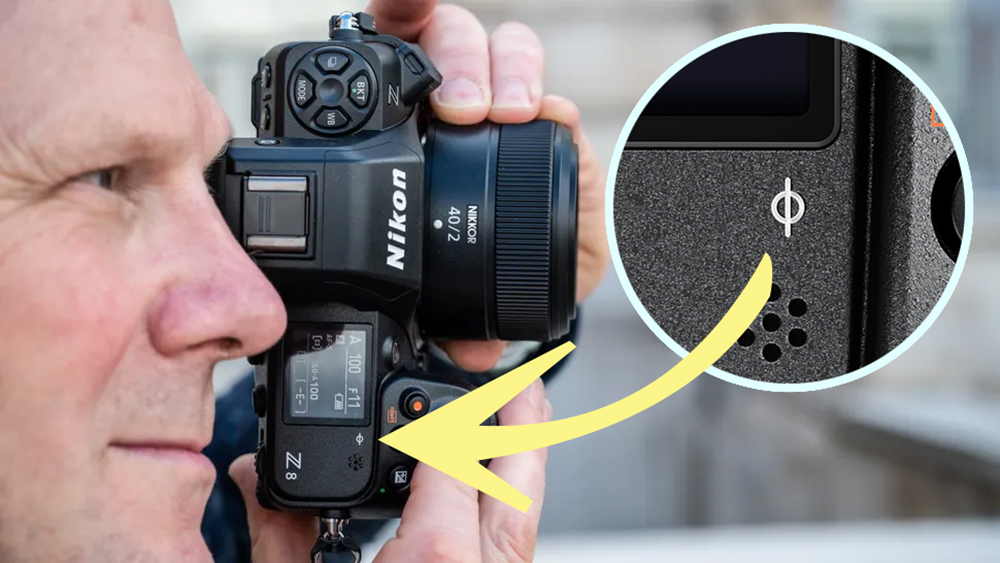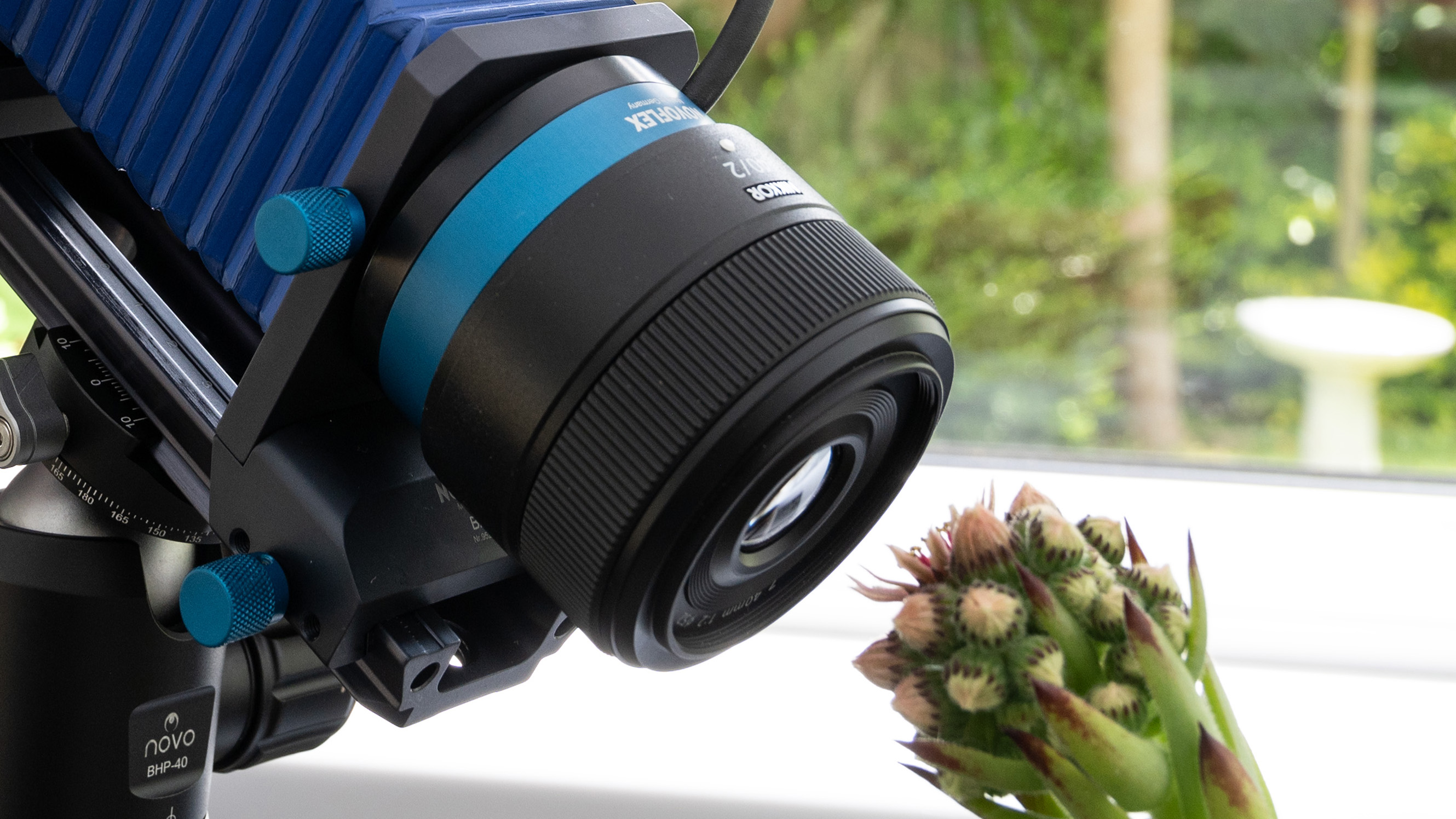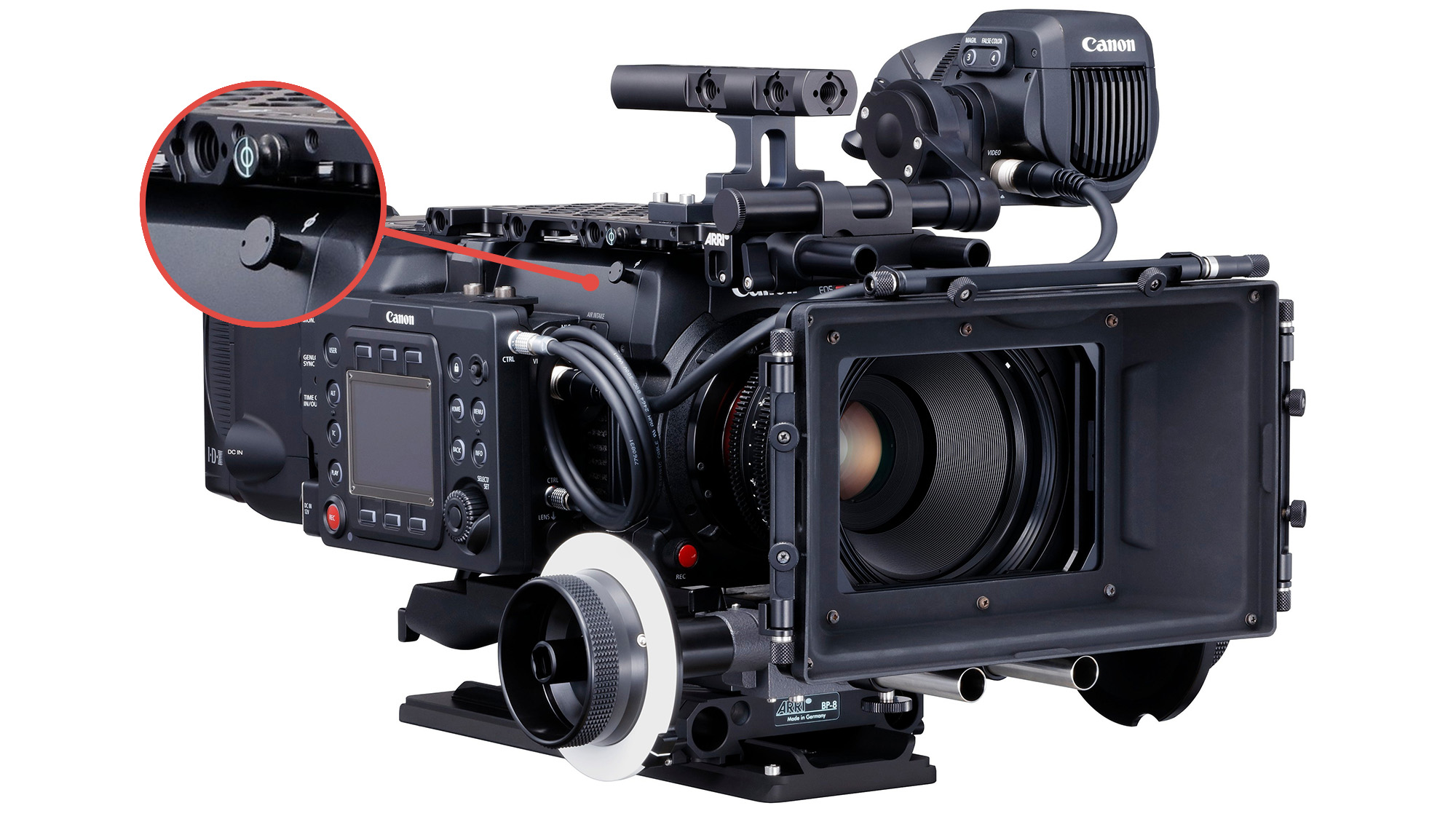
Ever noticed a symbol that looks like a zero with a slash through it on the top plate of your camera? This often-ignored icon lines up precisely with the focal plane – essentially the surface of a digital camera's image sensor, or a film camera's film cell – and is your point of reference for measuring focus distance, no matter what focal length you're using.
Some lenses – particularly vintage lenses – feature focus distance markings on the focusing ring. Match up the right marking with an object at the same distance and it'll be in focus. However, where do you measure from – the front element of your lens? Nope. The rear element? Nah. The lens mount? Try again…
It's actually the front surface of the digital sensor or film cell. So, camera manufacturers like to give you a helping hand by including a handy little focal plane mark as a point of reference. Go ahead, check your Nikon Z6 III, Fujifilm X-T5, Canon EOS R6 Mark II or Sony A7 IV – they all have one.

Now, if autofocus made the focal plane mark redundant, you'd assume that a combination of live view, EVFs and focus peaking would have finished it off with a suplex. After all, plenty of modern lenses have ditched focus ring markings altogether. But there are a few applications where the focal plane mark still comes in handy, even today.
Many macro photographers still swear by manual focus and, while it's by no means a necessity, the focal plane mark still has its uses here. For example, you may use it to precisely measure your macro lens’ minimum focus distance.
It's also useful for pre-focusing. If you set up a camera on a tripod to photograph, say, garden birds on a bird table, measuring from the focal plane mark to the center of the bird table and focusing your lens accordingly would provide you with a good ballpark for capturing sharp visitors.
And of course, the recent boom in film cameras means that the focal plane mark is definitely worth being aware of if you own a manual-focus-only body.

But there's one area of image-making where the focal plane mark is readily used to this day: filmmaking. You see, manual focus is still very much a filmmaking staple. Higher-end productions employ dedicated focus pullers, whose job solely revolves around manually focusing cinema cameras. And they often measure the focus distance and focus the lens accordingly.
Skilled focus pullers get very good at gauging focus distance by eye, but nothing beats using the focal plane mark for ultimate precision. Rather handily, some cinema cameras such as the Canon EOS C500 Mark II (above) have a focal plane mark, which protrudes from the camera. This not only provides a reference for measurements, but can be hooked onto the end of a tape measure for speedy manual readings.
So there you have it. You might not ever need to use the archaic focal plane mark on your camera, unless you're an avid macro photographer, film camera buff or professional focus puller. But now you know what it is and why it's there.
You might be interested in the best cameras for filmmaking, as well as the best cine lenses.
!["[T]he First and Fifth Amendments Require ICE to Provide Information About the Whereabouts of a Detained Person"](https://images.inkl.com/s3/publisher/cover/212/reason-cover.png?w=600)






